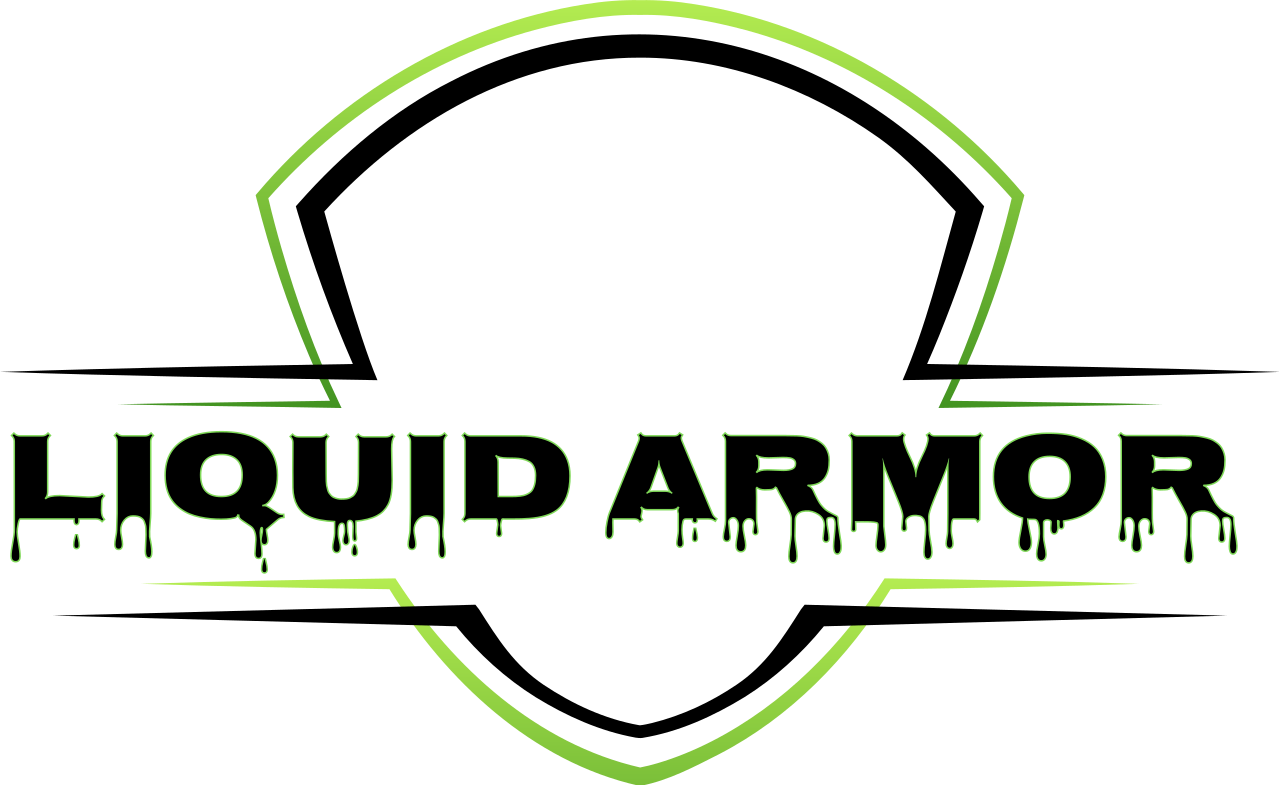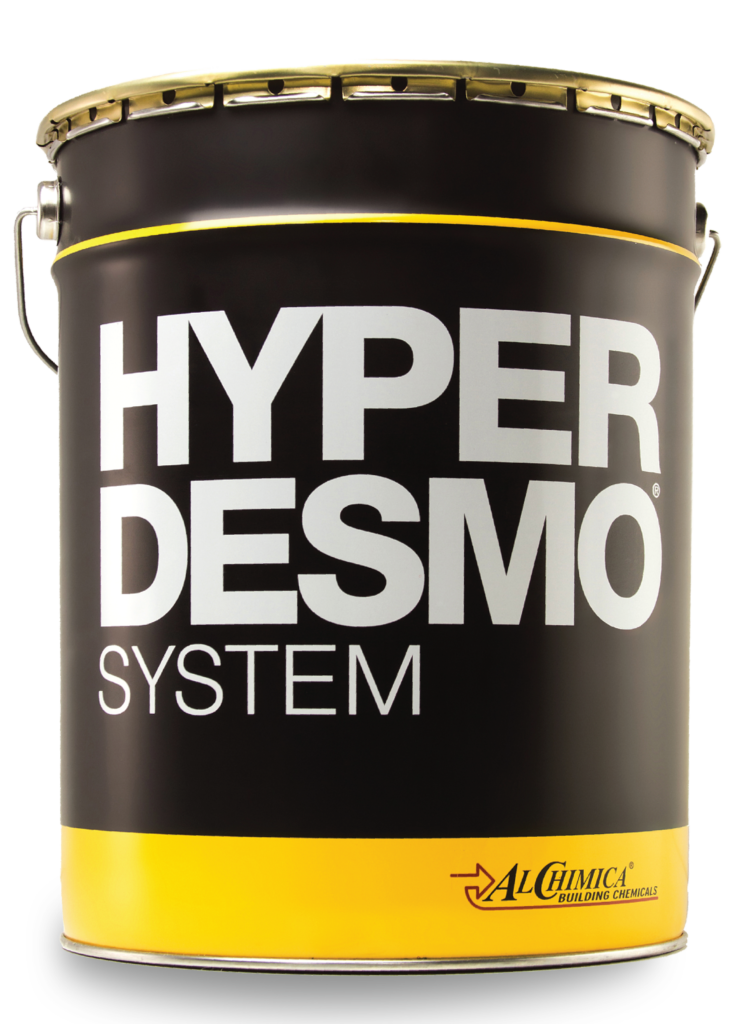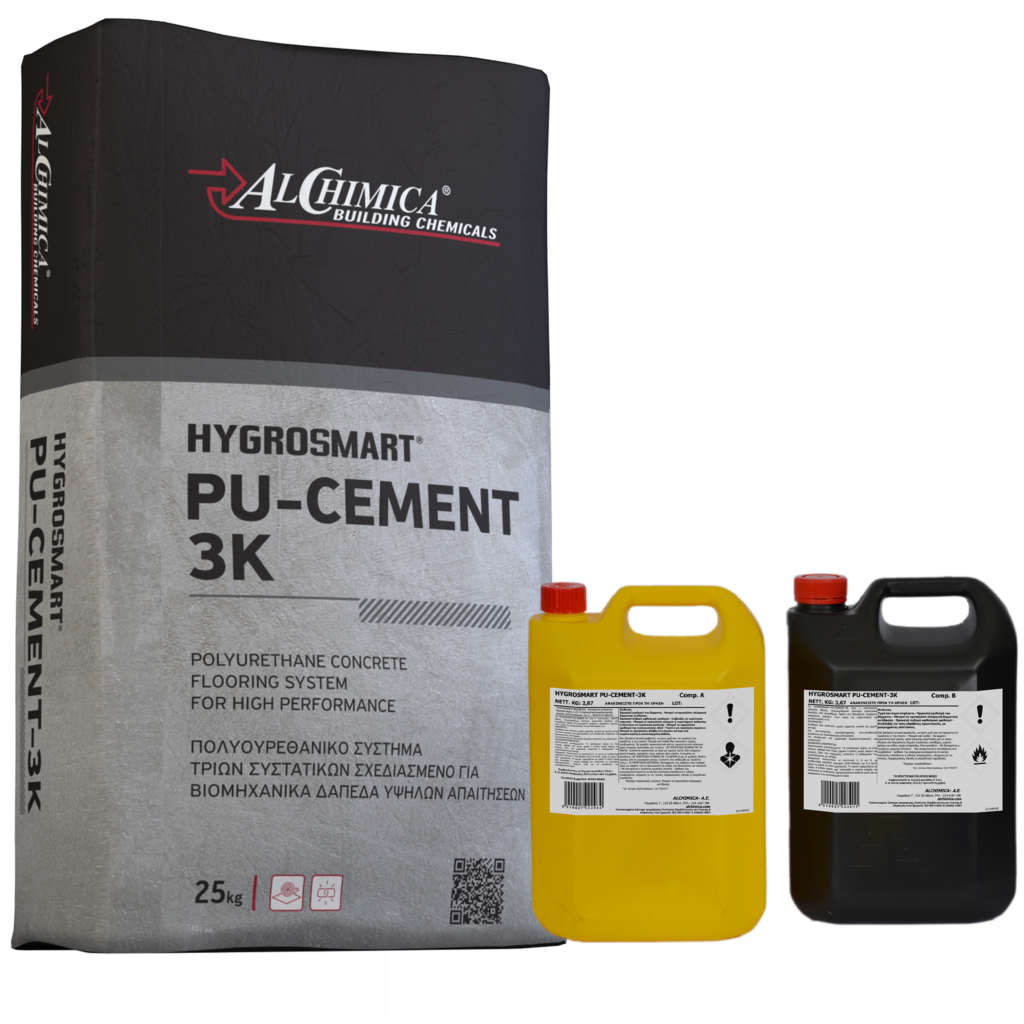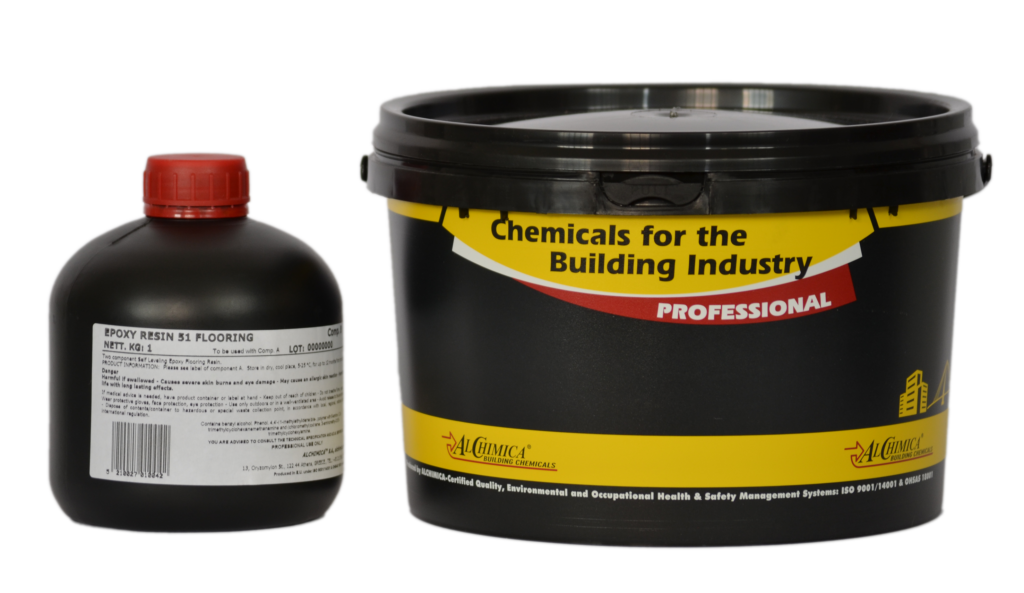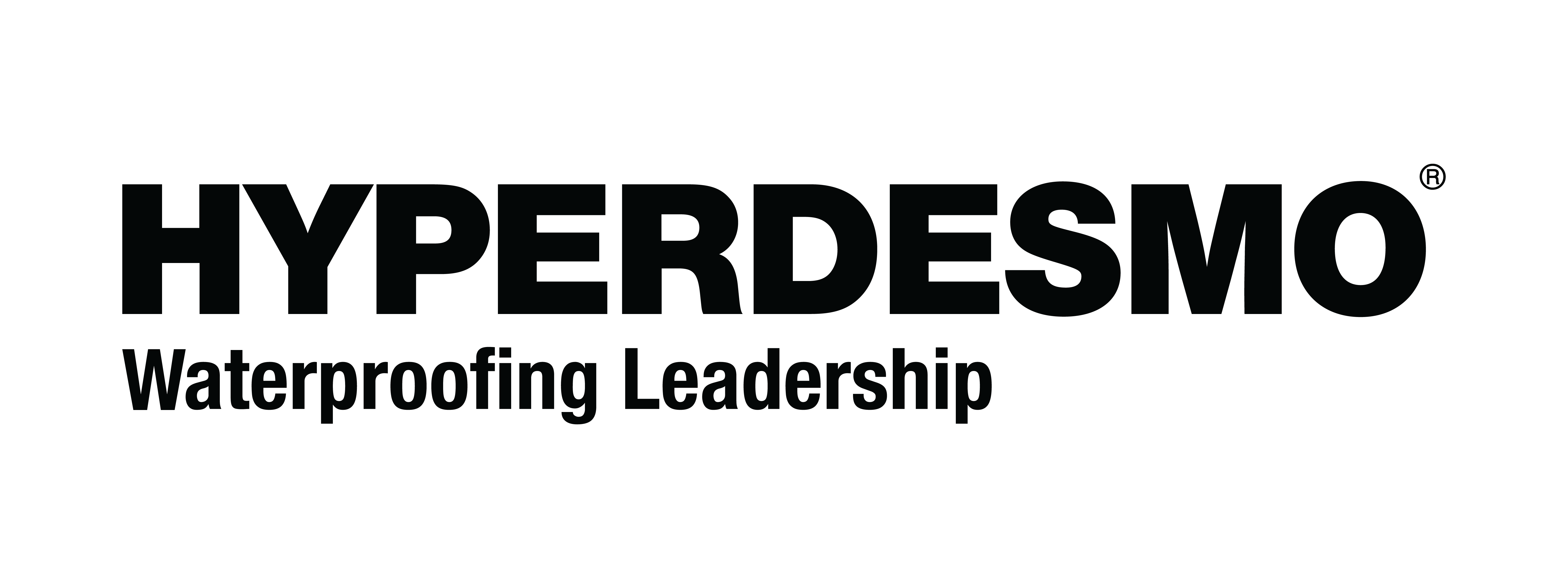
Self-flowing industrial floor | PU floor | EP floor | EPDM floor
Industrial PU and EP resin floors are designed for industrial and commercial areas, sports fields, children’s playgrounds or creating non-slip pavements. Our one-, two- or three-component floors based on polyurethane resins are characterized by high chemical and physical resistance as well as antibacterial and antifungal properties.
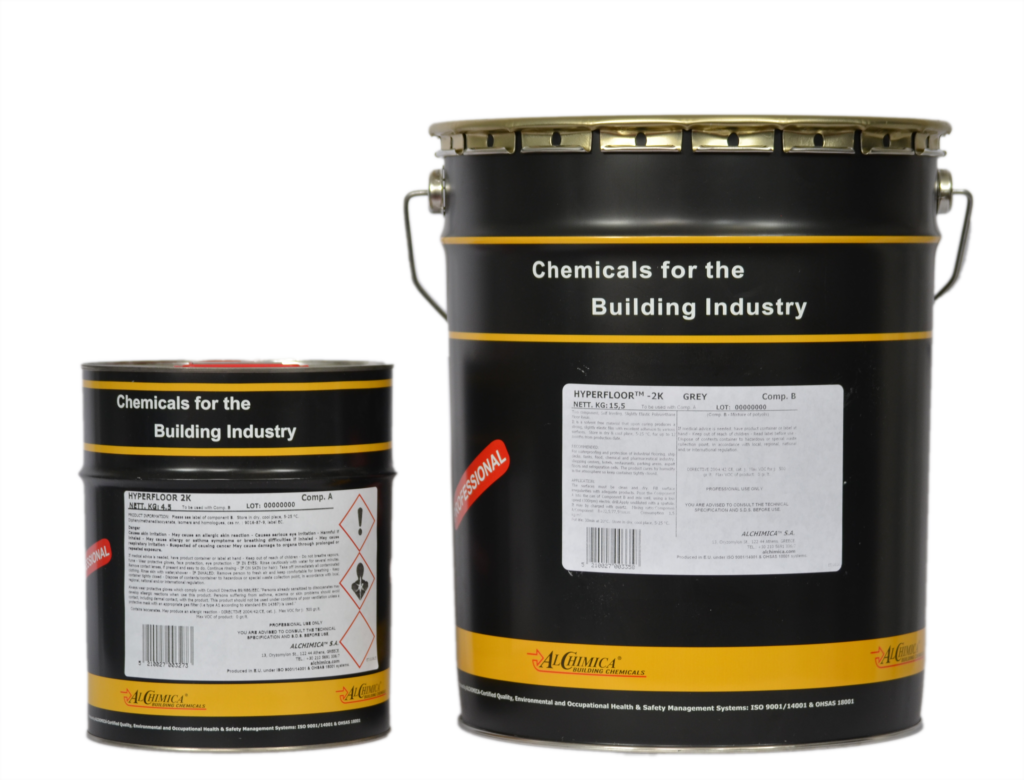
HYPERFLOOR-2K
- food and pharmaceutical industry,
- shopping malls, hotels, restaurants
- parking lots
- cold stores/freezers
- industrial areas
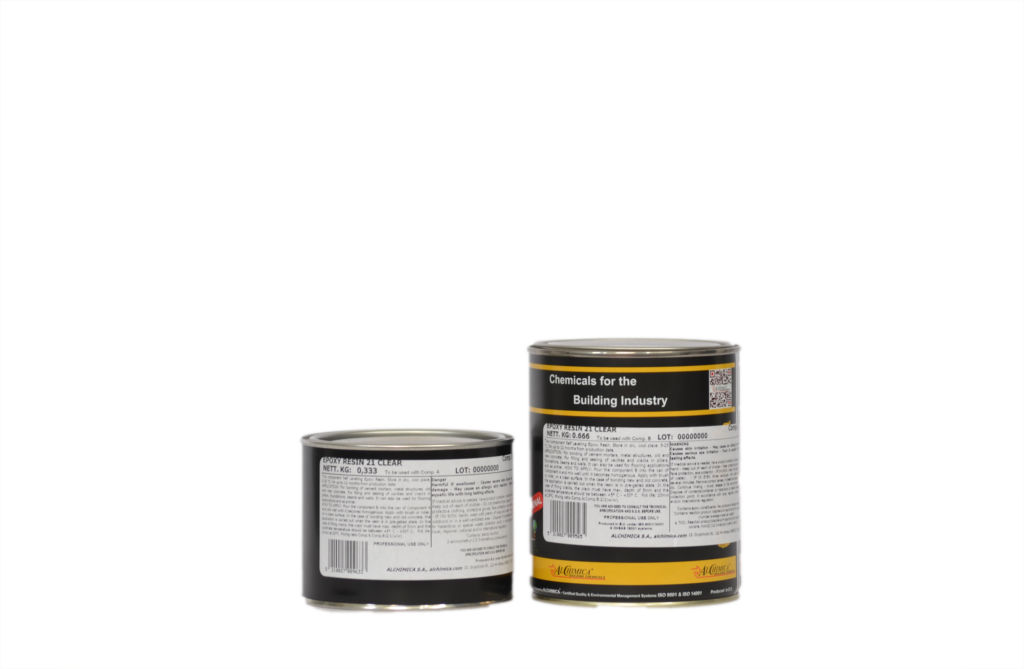
EPOXY RESIN 51 FLOORING
- retail spaces
- storage areas
- hotels
- chemical, pharmaceutical, food industry
- hospitals
- car parks (no UV exposure)
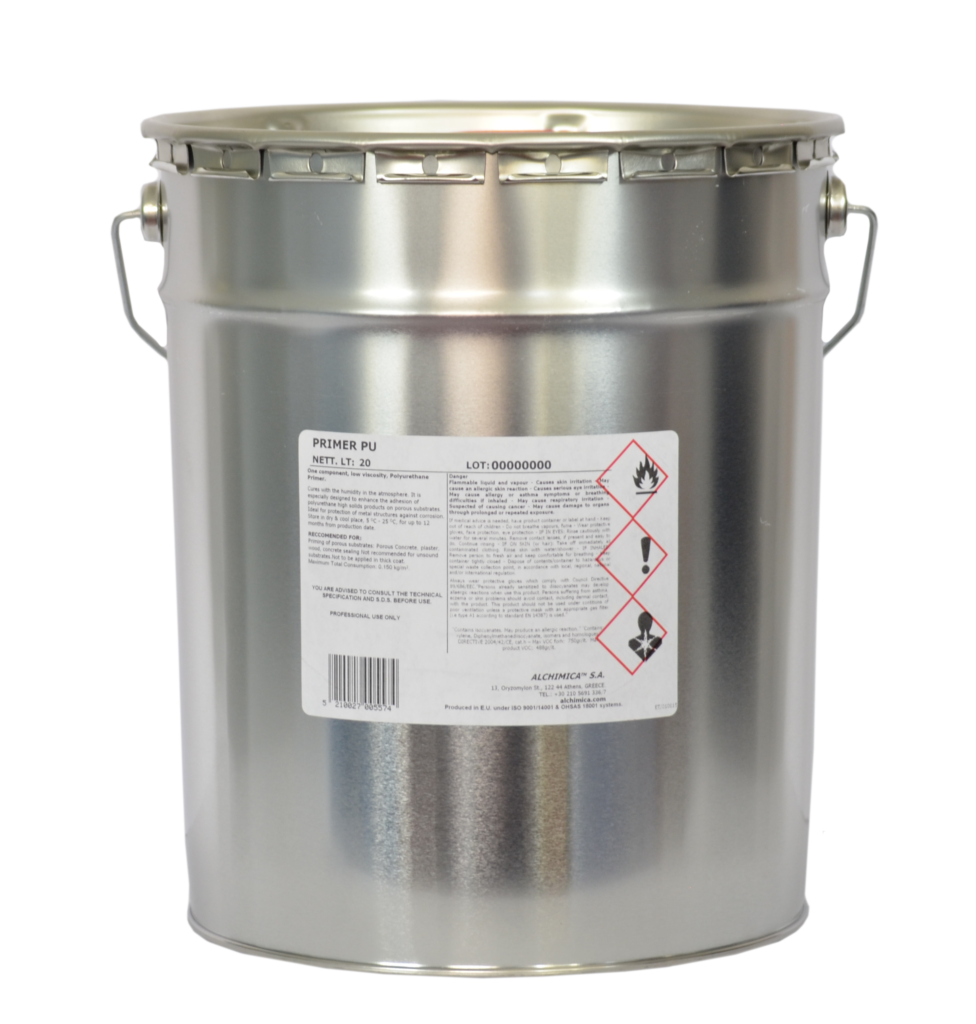
RUBBER BINDER-M20
- sports fields
- running tracks
- children’s playgrounds
- swimming pools and their surroundings
- anti-slip sidewalks and other paths
- non-slip entrances to buildings
What types of resin floors do we distinguish?
Resin floors are used in general construction, in industrial premises with low intensity of wheeled transport, and those with limited impact of aggressive substances . They can be created by epoxy, polyurethane, epoxy-polyurethane or acrylic resins. The division of this type of floors is also influenced by the way they are laid. Hence the possibilities, which include thin-layer, self-flowing or filler resin floors . Each of the above versions will find application in a different place. Epoxy floors will work perfectly in places with strong mechanical load, while polyurethane floors – where they will not be exposed to too aggressive environment. It is worth noting that there is also a solution that combines the features of both indicated variants. Acrylic floors are ideal for use as a surface of bridges or viaducts, for example. Resin flooring offers a lot of possibilities that are needed in industrial facilities – depending on the type, it is the appropriate strength, the achievement of which allows for adaptation to the requirements during the installation of the surface . A solidly made surface will serve for many years without any damage.
Resin flooring – which one works best?
When choosing a resin floor, it is worth considering the room in which it will be located . In reality, each facility has different requirements that must be met without fail. A resin floor used in a specific location should be as well prepared as possible for the conditions it will encounter on a daily basis . For example, a two-component floor based on polyurethane resins Hyperfloor-2K will find application, among others, in the food and pharmaceutical industries, shopping malls, and cold stores, which shows how universal it is. In facilities where it is possible to create interesting patterns on an extremely durable floor, decorative resin floors can be used. This solution can diversify the interior in an interesting way. Let’s imagine a hotel corridor at the end of which stands a receptionist’s counter. A decorative floor reminiscent of white and gray marble will certainly provide us with a wonderful effect. Depending on your needs, the available offer allows us almost complete freedom when making a choice.
Resin floors – a sensational end result
By deciding to make a resin floor in an industrial facility, we gain the possibility of completely adapting it to the conditions it will have to meet . This aspect proves that both 3D resin floors used in shopping centers and versions adapted for installation in parking lots will work perfectly in their role. When looking for the perfect floor, it is worth considering many possibilities. The epoxy variant in the form of Epoxy Resin 51 Flooring is adapted for use in the chemical industry, hospitals, and hotels. The features of this particular flooring testify to its great versatility, which is of course an undoubted advantage. Resin screeds turn out to be a good solution in various, often completely different conditions . A solidly built parking lot, with an equally strong base, will become an advantage of many buildings, taking on several dozen or even several hundred cars every day. A proper layout of the room will ensure its long-term splendor, which will certainly be appreciated.
Resin floors – what is worth knowing before choosing a floor?
Resin floors are, above all, a 100% ecological, harmless and non-toxic product. It is based on polyurethane or epoxy resin, which is bound with a hardener, thanks to which the resin mass hardens and creates a flexible, uniform and durable coating. Resin floors can be made in various colours, we have a whole range of colours from the RAL palette to choose from, you can also go a step further and combine colours or mix resin with other solid materials, such as ores, quartz sand, etc. Currently, very fashionable are, for example, marble resin flooring, metallic resin flooring or white resin flooring. Thanks to such solutions, we gain unlimited visual, aesthetic and finishing options. Resin floors with embedded particles can impress with their design, and also gain functionality, e.g. as anti-slip. Resin floors with small, selected stones are also popular, creating a kind of natural, stone carpet. Ideal for a terrace or balcony.
- Polyurethane paint
- Polyurethane resin
Application of resin flooring. Where do we most often use polyurethane floors or epoxy floors?
Resin flooring has a wide range of applications due to its properties. Its durability and resistance to factors: mechanical, physical, chemical, thermal, UV radiation are very big advantages. Additionally, resin floors also have advantages such as: no dusting, scratch resistance, color intensity for many years, no fading and yellowing, easy to clean, flexibility and many others. They can be used both inside and outside buildings. They provide excellent insulation against water and moisture, a practical antifungal and antibacterial surface. This is extremely important for the home, the health of the whole family, and especially for allergy sufferers. Additionally, resin floors have soundproofing properties.
- Stone carpet for the terrace
- Roof sealing compound
Resin flooring is mainly used:
on the balcony/terrace;
– in the garden
– on external and internal stairs,
– in bathrooms and kitchens;
– on paths, external alleys;
– on playgrounds, sports fields and recreational areas;
– in gyms, sports halls, weight rooms, fitness clubs and other sports facilities;
– in warehouses;
– in workshops and studios;
– in production halls;
– in garages, parking lots;
– in home boiler rooms and many other places.
How do we divide resin floors?
There are two types of resin floors: polyurethane and epoxy.
Epoxy floors are characterized by high hardness, mechanical and chemical resistance, they can be in a matte or glossy version, smooth or rough. They can also be electrostatic (dust and dirt do not settle). The price of epoxy floors is relatively lower than the second option.
Polyurethane floors are increased flexibility and resistance to UV radiation and large temperature differences. This is the main advantage over epoxy floors.
The offer includes single-, two- or three-component versions of resin floors.
One of the manufacturer’s proposals is Hypercrete, a self-leveling floor consisting of three components. This system is dedicated to the food and chemical industry, healthcare facilities, offices and more. The undoubted advantages of this polyurethane resin floor include, among others, excellent adhesion to any surface, resistance to hot water, and the possibility of application even at low temperatures.
- Liquid roofing membrane
- Resin terraces
Two-component resin floors – a solution that is appreciated in the construction industry
In the case of a two-component resin floor, the connection of substances is simple, which is an advantage of the solution. There are two preparations of this type available – Hyperfloor-2K, and Epoxy Resin 51 Flooring. The first proposal is based on polyurethane resins. It shows light elastic properties, as well as high resistance to friction, other mechanical factors or chemicals. Thanks to these features, it can be used in rooms for various purposes.
The second one – Epoxy Resin-51 Flooring is an epoxy product, without solvent content. It will work great in medical facilities – for example hospitals, broadly understood industry, or on commercial surfaces. It is also worth mentioning the antibacterial and antifungal properties that the product has.
- Foundation waterproofing
- Resin floors
Resin flooring ideal for sports facilities
In the case of sports and recreational facilities, which include sports fields, running tracks, and playgrounds, resin floors are also used. Such areas can be finished with a single-component product. An excellent choice is Rubber Binder-M20, which is a polyurethane resin for binding rubber granulate, and EPDM containing one hundred percent solids. The benefits of using the preparation include the lack of toxic substances, as well as the fact that it does not emit an unpleasant odor. The aforementioned polyurethane resin floor will work great in facilities where increased traffic combined with physical activity is the norm. It is worth remembering that the product is completely safe for people.
Practical tips when choosing a resin floor
If we choose a resin floor, it is worth familiarizing ourselves with the principles of proper application. We also recommend using professional help and application performed by professionals.
Before application, remember that:
the base surface should be thoroughly prepared: for example, a concrete surface should be sanded, and any irregularities should be removed;
it is necessary to fill all gaps, cavities and cracks using a sealing and adhesive mass for expansion joints;
the coating must be dry, dust-free, degreased and stable;
– a primer emulsion should be used to obtain excellent adhesion and binding of the substance;
– most often, we apply 3 to 5 layers of resin mass with a thickness of approx. 2-4 mm, applied at intervals of at least 12 hours;
– atmospheric and weather conditions during application are important;
– the top layer, i.e. polyurethane varnish, can have a matte, satin or glossy finish;
– a full range of colours is available;
– can be applied by e.g. brush, roller, spray, squeegee or trowel – depending on the type of product, thickness of application, etc.
